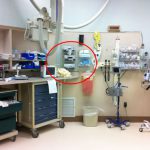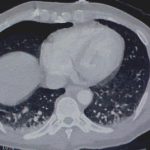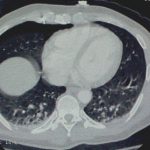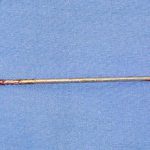Standard or universal precautions are essential in trauma. They serve two purposes: keeping you safe from exposure to body fluids, and keeping you from contaminating any open wounds. Unfortunately, they are not used as “universally” as they should be.
I’ve heard a number of excuses for not wearing them:
- I don’t have time to put them on
- They’re so hot!
- It’s just a kid, I have nothing to worry about
All wrong! It takes less than 30 seconds to put them on. And yes, they may be a little warm, but if you have time to notice, then your trauma activations are taking too long. Anyone, including children, may have diseases you don’t want to share.
There are two major reasons that are legitimate and must be addressed:
- They are not conveniently placed. The deeper in the trauma room they are, the less likely anyone is to wear them (see photo). Place them just outside the door to your trauma bay in plain sight.
- Their use is not enforced. Assign specific people the role of PPE police. Emergency physicians and surgeons are optimal, but the charge nurse or others in authority positions are fine.
Develop a culture where the expectation is that everyone who enters the trauma bay, no matter what their rank, must be wearing their protective gear. Your philosophy should be “it’s not just a good idea, it’s the law.”






